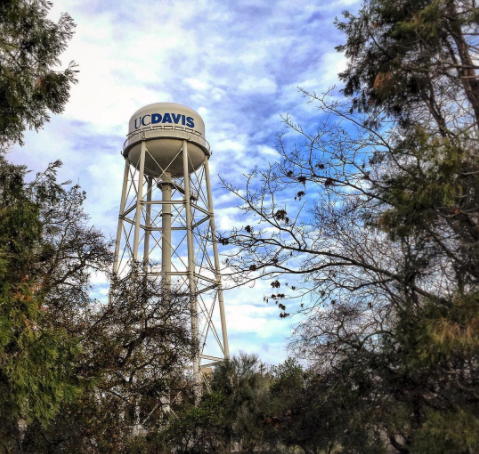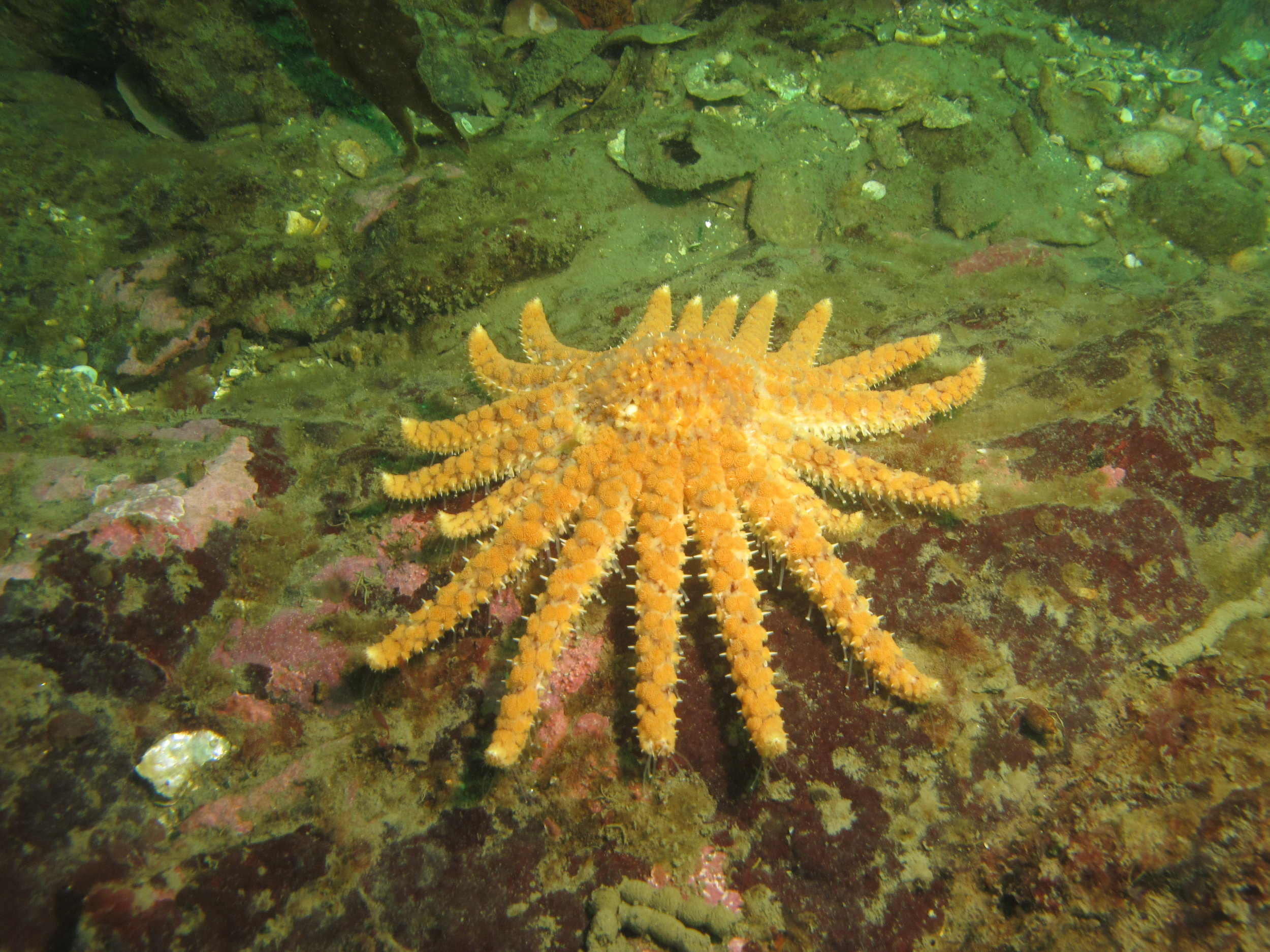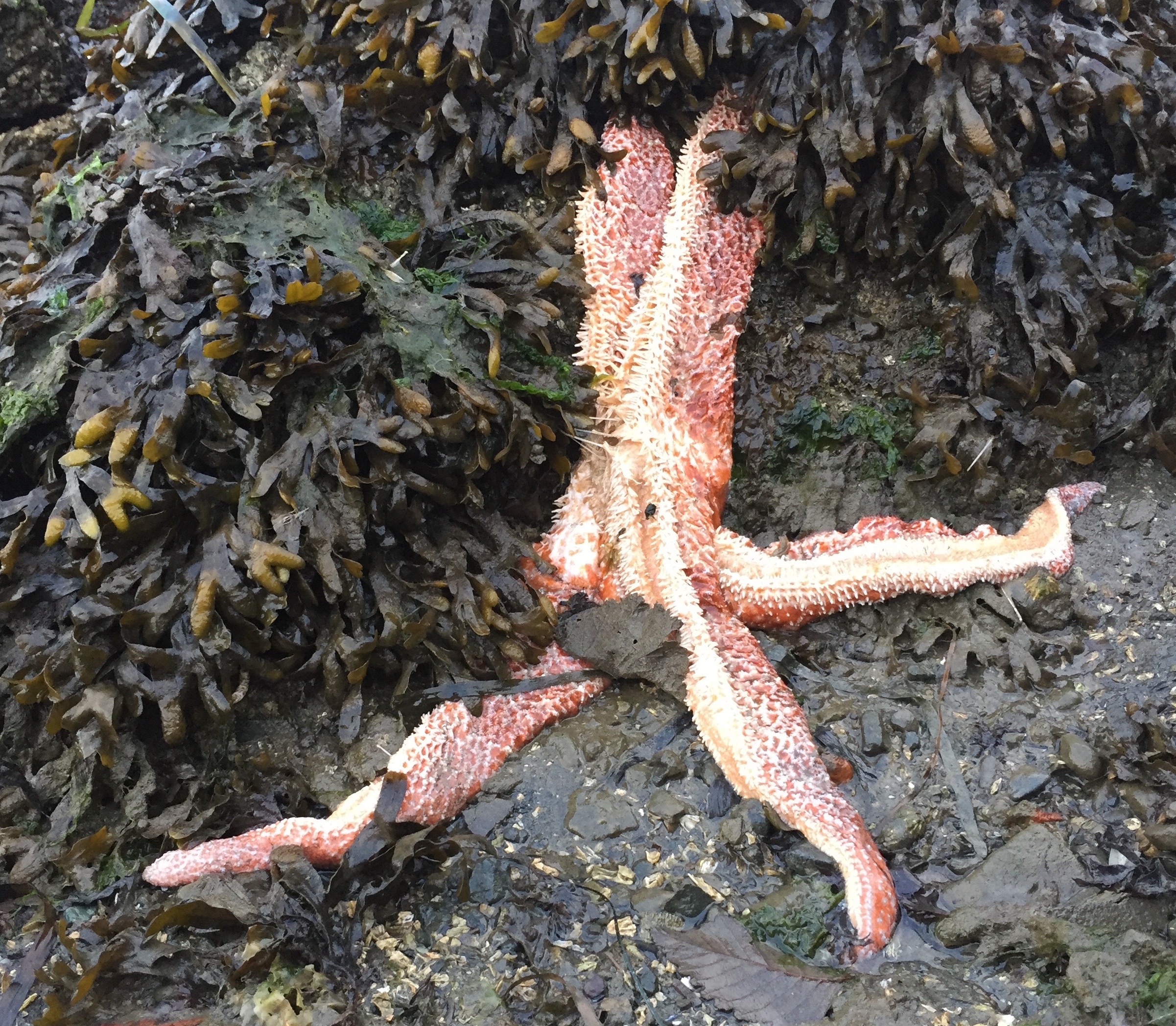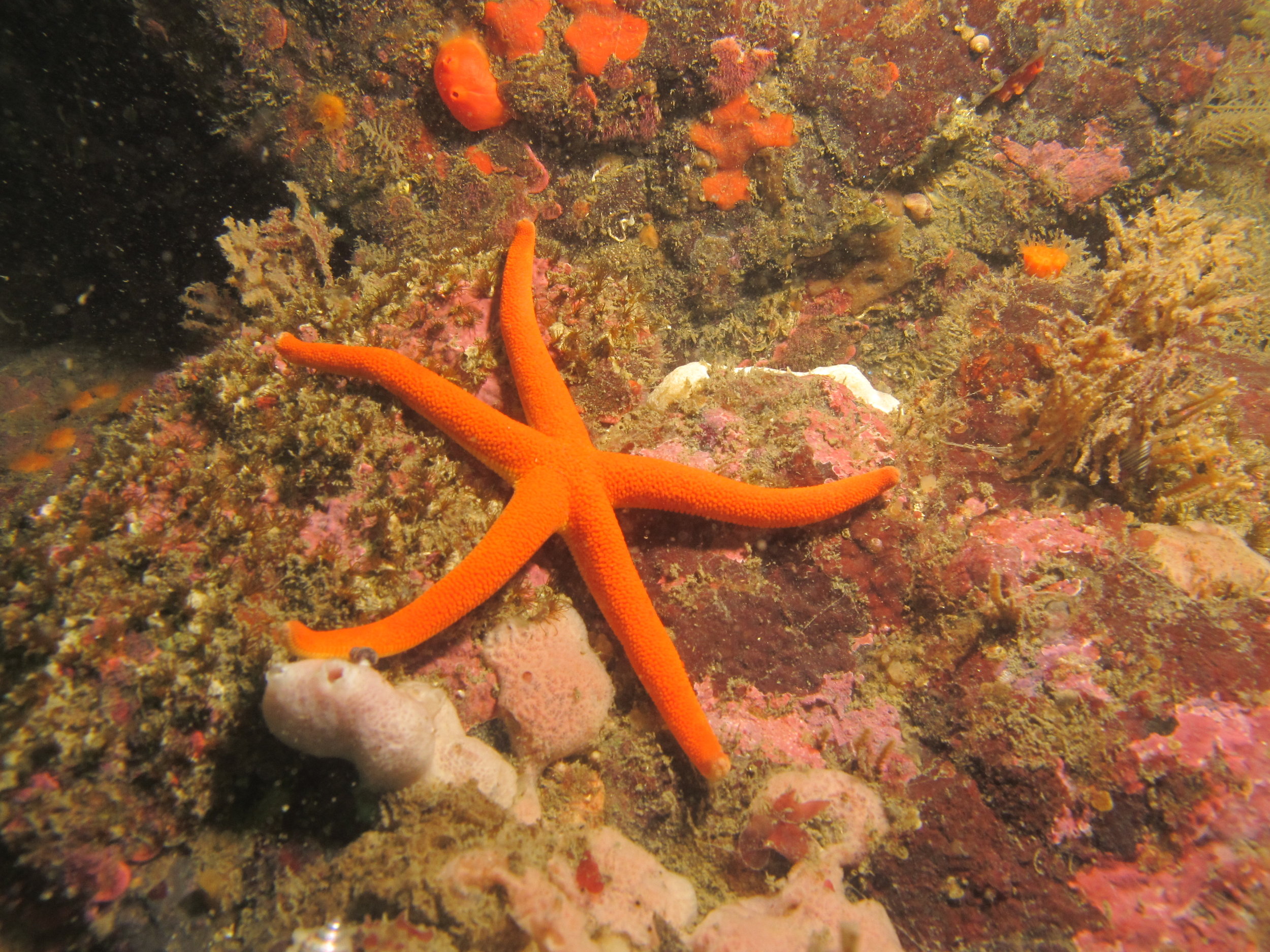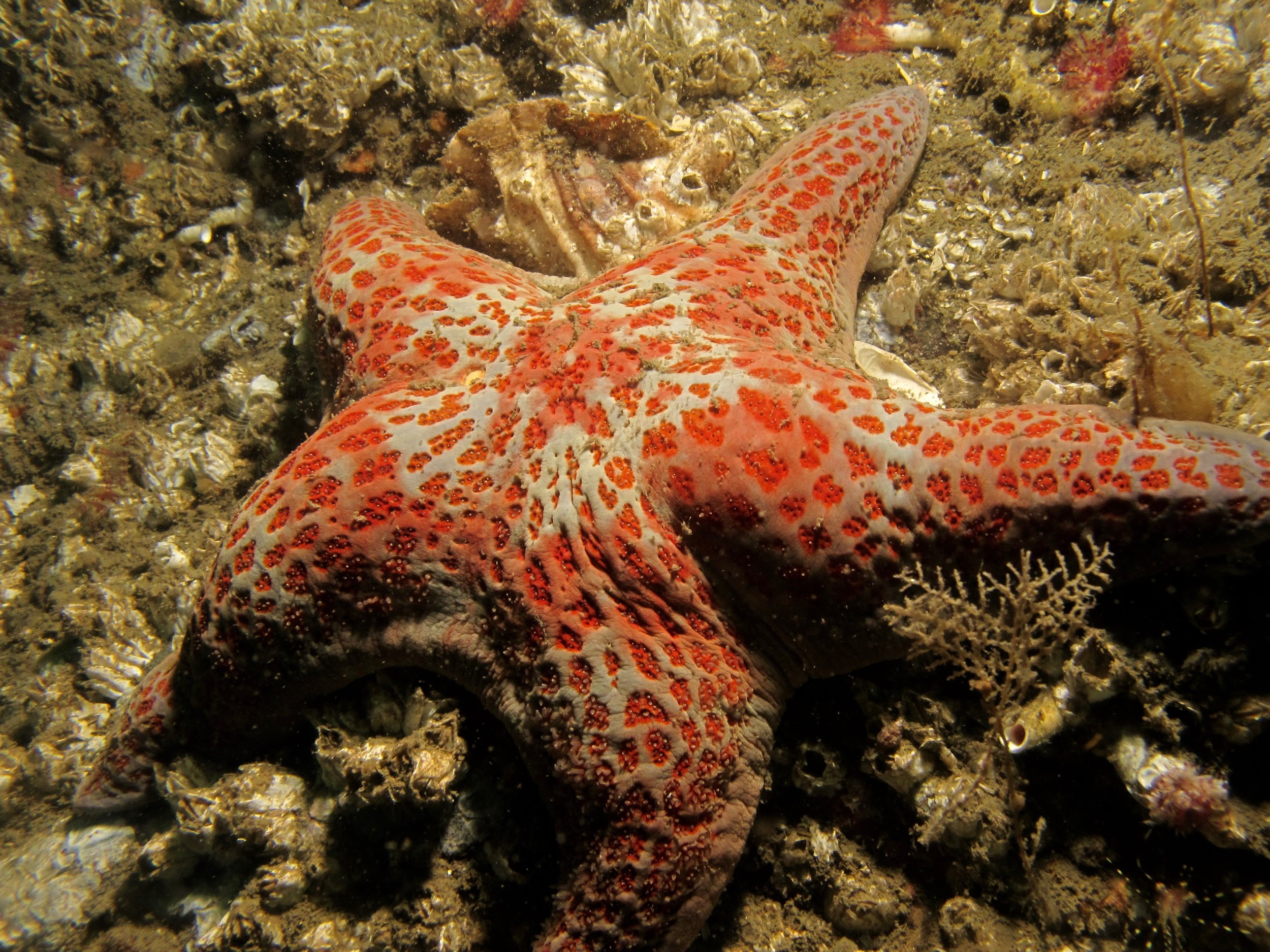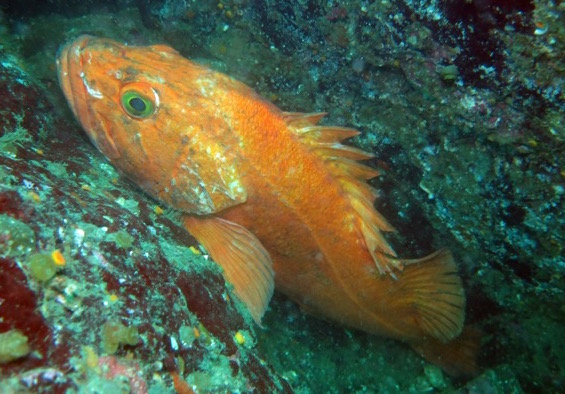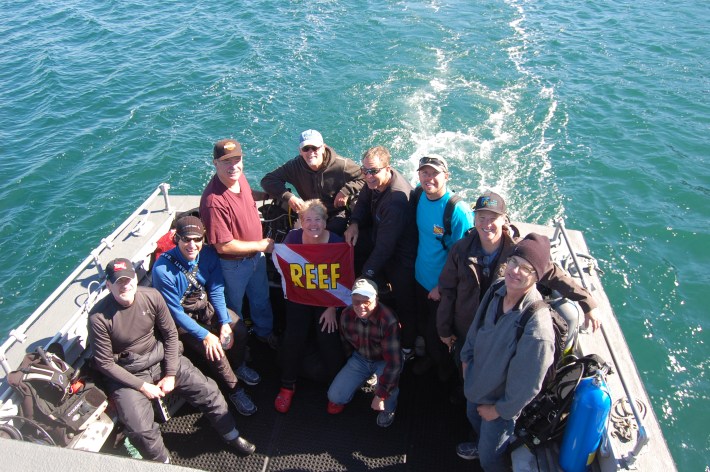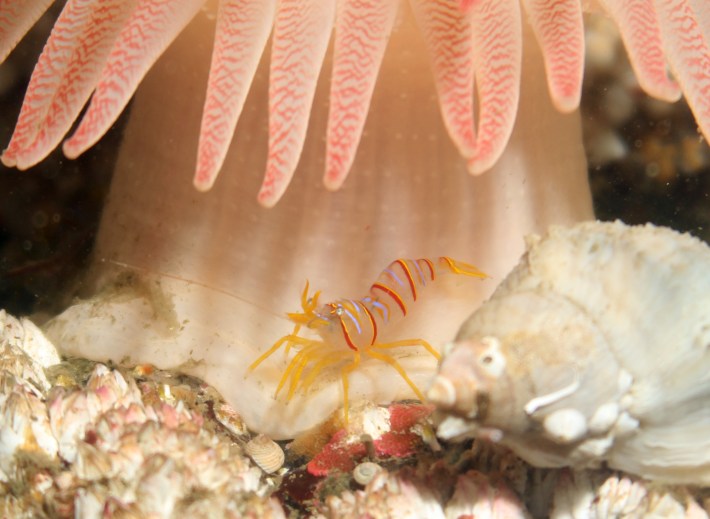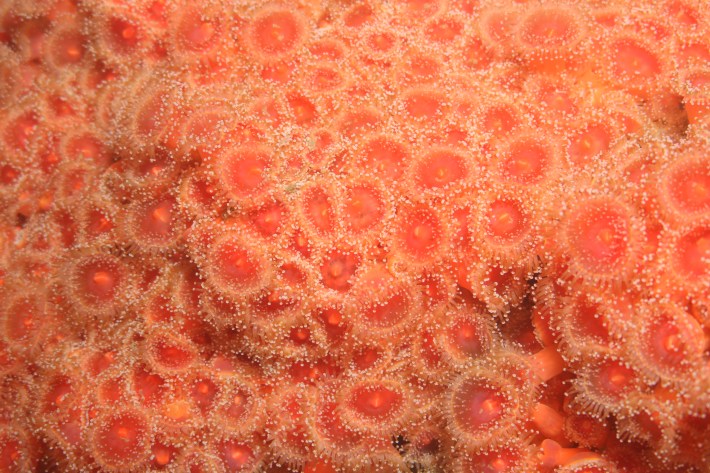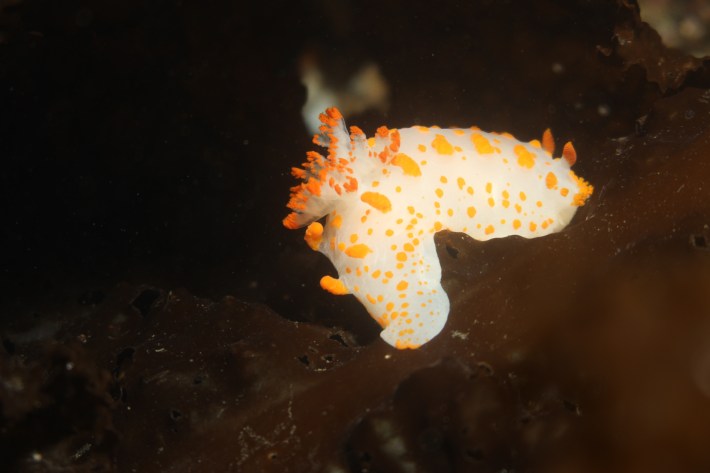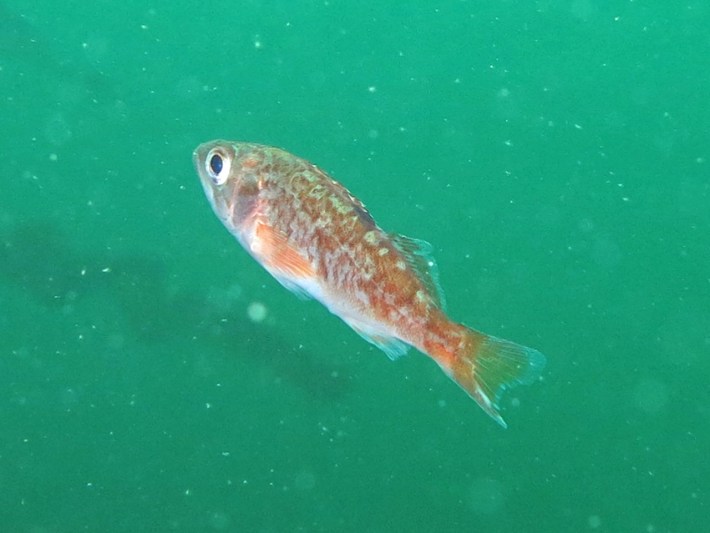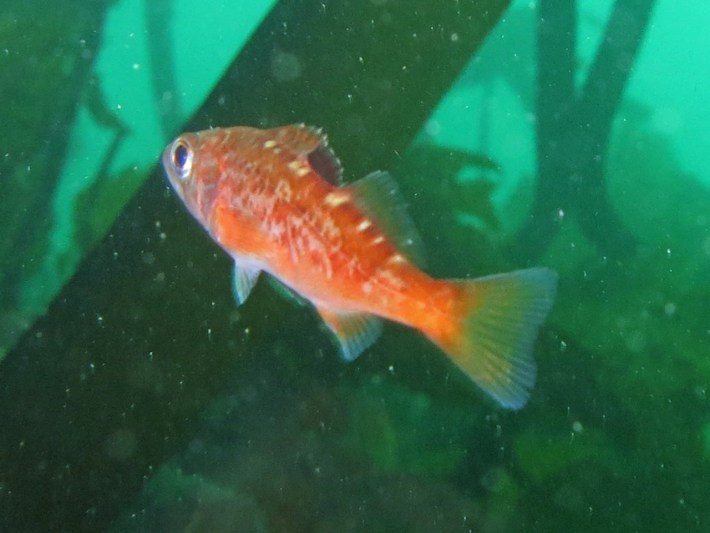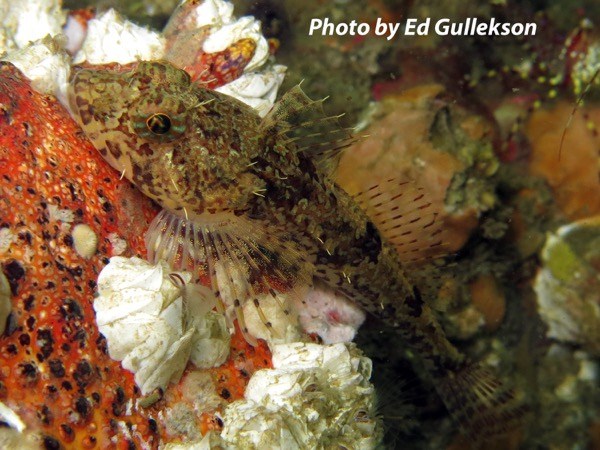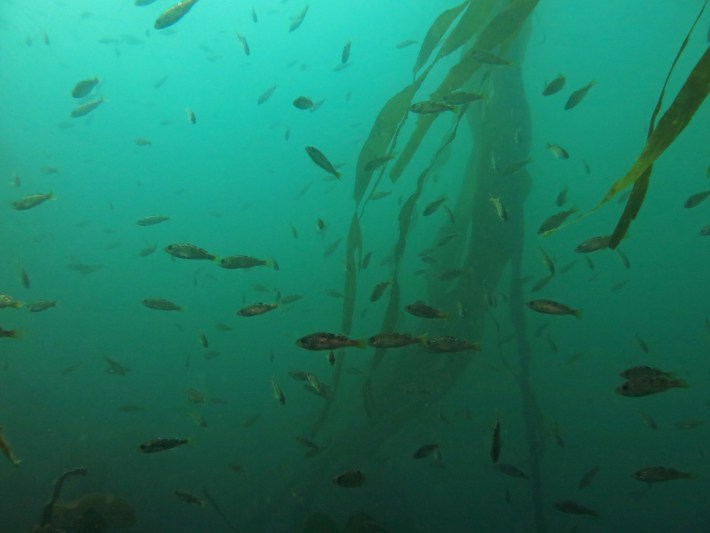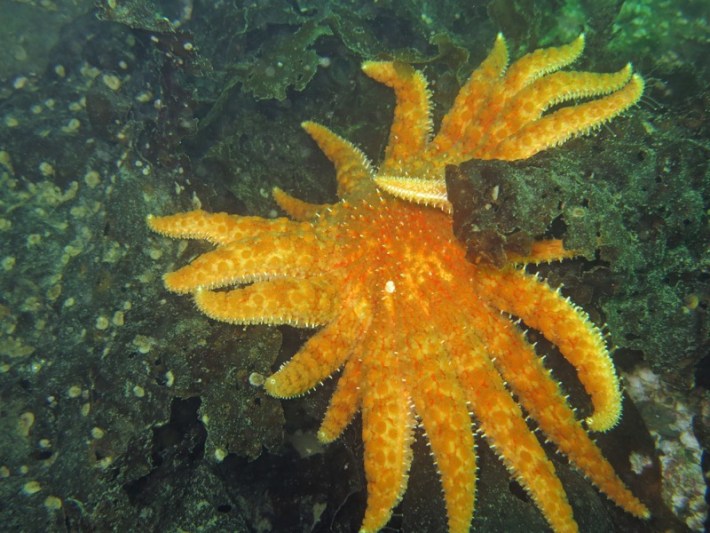A difficult truth we're facing is that the Salish Sea’s Southern Resident Killer Whales (SRKWs) are at serious risk of extinction.
Due to their population structure and dynamics, limited fecundity, high toxin load and food-supply challenges, the orcas of J, K and L pods are vulnerable to having a single disease event, oil spill or just a terrible year that takes out too many breeding-age females signal the end of our iconic killer whales.
Even without a random disaster, the long-term prospects for Southern Residents are not good and are likely to get worse, with proposals for multiple Salish Sea port and pipeline projects threatening to greatly increase the dangers of ship strikes, fuel spills and underwater noise pollution (read the paper SeaDoc published on this topic).
When the SRKWs were placed on the Endangered Species List in 2005, there were 88 whales in the three pods. Today, after a dozen years of recovery planning and efforts, the official count from the Center for Whale Research shows that the population has actually dropped to just 78 individuals. With the recent sharp decline, people are pushing regulators to do more.
Underwater noise increases with a boat’s speed.
One example is a petition by three NGOs asking NOAA Fisheries to declare a whale protection zone (WPZ) along the west side of San Juan Island. The area has historically been known as the best place to spot SRKWs, both from boats and from the shore, as well as to fish for Chinook salmon, the orcas’ favorite food.
The petition asks that no vessels (with a few necessary exceptions) be allowed to enter the WPZ, which will extend three-quarters of a mile from shore, with an additional quarter-mile no-wake buffer zone. Excluding boats, say the petitioners, will reduce noise and disturbance, allowing the orcas to hunt and communicate more efficiently and to transit or rest in a favored foraging area without being stressed.
A previous proposal for a smaller WPZ in the same location was sunk by strong opposition, primarily from recreational fishers, whale watch operators, and the local tourist industry. This time around, similar battle lines have been drawn. While there’s no debate that the SRKWs are in trouble, the arguments start when it comes down to which specific recovery actions to take and who those measures will impact.
All parties agree that the best thing for the Southern Residents would be to fully restore the Chinook runs on which they depend and to rid the Salish Sea of toxins. Those efforts have already been underway for decades, though, with billions spent showing mixed results at best. Many Chinook runs, in fact, still share space on the Endangered Species List with SRKWs.
The proposed WPZ, petitioners argue, is an achievable action that could be quickly put in place. The question is: will it help the Southern Residents? If the answer is no, then there’s no reason to potentially disrupt the local economy. If yes, then citizens need to wisely judge the benefits versus the possible economic impacts. This is where SeaDoc and good science enter the picture.
Transient killer whale surfaces in front of a sailboat.
“Science cannot tell you what your priorities are, and it doesn’t make decisions,” says Kit Rawson, SeaDoc Board Chair and former conservation science program manager for the Tulalip Tribes.
Kit says that issues like this are good reminders that the SeaDoc Society is a scientific organization, not an advocacy group, and that its job is to conduct and translate research that is free of bias and insulated from political, emotional or economic concerns.
“SeaDoc’s value is derived from that credibility,” says Kit. “It’s imperative that we communicate to the public and to policymakers facts that are objective, rigorously tested and evidence-based so that they can use them to inform their decisions whether or not to support actions important to marine conservation.”
As we’re now in a period where efforts are being made to deny, devalue and defund science, with calls to seriously hobble research supported by NOAA and EPA—both critical partners in Salish Sea salmon and killer whale restoration—it’s more important than ever to remember that science isn’t about opinions, ideology or alternative facts. It’s about going wherever the evidence takes you.
To that end, SeaDoc’s science director, Dr. Joe Gaydos, examined the data used to support the current WPZ petition—just as we do for many regulatory proposals that affect the Salish Sea, whether they come from fishermen, whale watchers, government agencies or concerned citizens groups.
In Joe’s review of the scientific literature, he found some of the supporting science unsettled due to data uncertainties, while other lines of evidence were strong enough to draw conclusions.
In short, there is ample scientific evidence to suggest that vessel noise, disturbance from vessel traffic, and a limited supply of salmon are having an interactive effect on our resident orcas’ health, and clearly need to be addressed. The science is there to support strong actions to recover the Southern Residents. Exactly what form that action takes is now up to informed citizens, elected officials, and management agencies.
Joe strongly recommends, however, that if NOAA Fisheries does move forward with a WPZ or other regulatory mechanism to protect our killer whales, they need to invest in a process to address any concerns of the co-managing tribes as well as stakeholders including whale watch operators, commercial and recreational fishing interests, and recreational boaters to ensure that whatever guidelines are developed will be respected by all parties.
With many federal and state governmental science programs that partner with SeaDoc facing drastic budget cuts, we’re reminded again just how crucial private donors like you are to continuing our mission to use science to heal the Salish Sea. We couldn't do it without your support. Thank you!
Banner photo: vessels of any size can disturb orcas, with propeller noises masking echolocation and communication calls, and the simple presence of nearby boats causing behavioral changes. A boat crosses the path of a male SRKW. Photo courtesy of Bob Friel.






